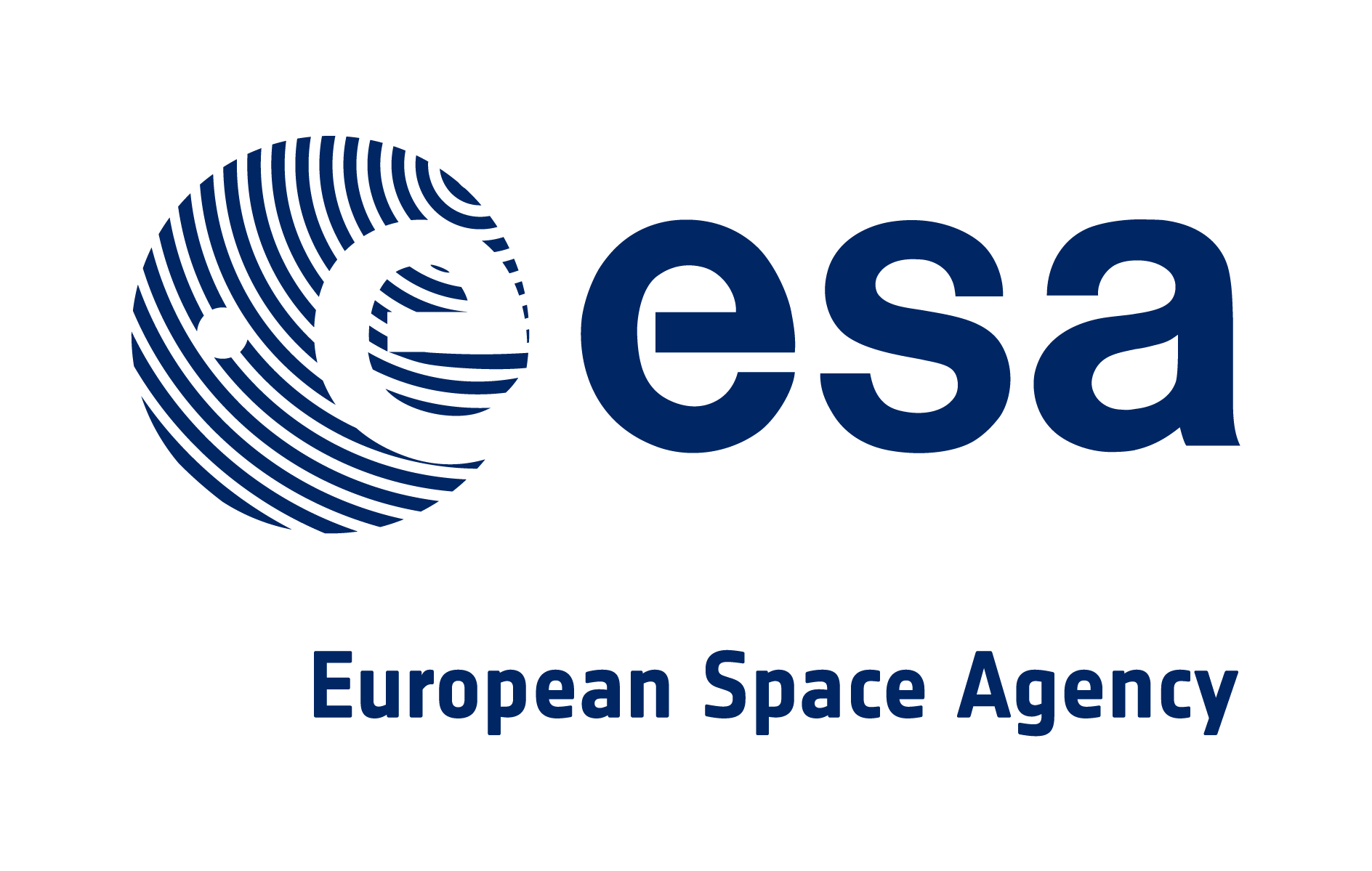Introduction
Flooding has become one of the most significant natural disasters affecting communities, businesses, and governments worldwide. In recent years, Europe has experienced devastating floods, from Romania and the Austrian Alps to Spain, leaving a trail of destruction and highlighting the urgent need for innovative solutions. With traditional flood management methods proving insufficient, the adoption of digital flooding solutions offers a path forward, transforming how we predict, prepare for, and respond to such disasters.
Understanding the Problem: Flooding and Its Challenges
The Increasing Frequency of Floods
Climate change has led to a noticeable rise in extreme weather events, including floods. Europe has faced significant flooding recently, with countries like Romania and Austria suffering substantial damage. These events disrupt daily life and devastate infrastructure, businesses, and natural ecosystems. For instance, recent floods in the Austrian Alps caused landslides, cutting off entire communities, while Romania's agricultural heartlands experienced widespread crop loss.
Barriers to Effective Flood Management
Despite advances in technology, many flood-prone regions lack the infrastructure necessary for efficient disaster management. Remote areas, such as parts of Romania and the Austrian Alps, often struggle with limited communication networks, making data collection and dissemination slow and inefficient. Additionally, most traditional flood management systems are reactive, responding to disasters after they occur rather than preventing or mitigating them. This reactive approach results in higher costs, both financially and in terms of human lives.
What is a Digital Flooding Solution?
A digital flooding solution harnesses technology to transform flood management. By utilizing data analytics, predictive tools, and automated decision-making, it enables authorities and businesses to anticipate and address flooding threats effectively. Such systems focus on integrating multiple data sources and offering tools to monitor, predict, and mitigate risks efficiently.
Components of a Digital Flooding Solution
- Data Integration: Digital flooding systems rely on data from sensors and devices deployed in vulnerable regions. These tools collect environmental data like water levels, rainfall, and soil saturation to provide a comprehensive picture of flood risks.
- Advanced Analytics: Predictive analytics tools process large volumes of data to forecast flood risks. By identifying patterns and trends, these systems allow stakeholders to prepare for potential threats and allocate resources effectively.
- Machine Learning: Machine learning algorithms refine flood predictions by continuously learning from new data. These algorithms improve decision-making, reducing the risk of errors and enhancing overall efficiency.
The Advantages of a Digital Flooding Solution
Enhanced Preparedness and Risk Mitigation
Digital solutions empower governments and businesses to prepare for floods before they happen. Early warning systems provide critical time for evacuations and resource mobilization. Simulations and scenario planning tools allow communities to test their responses and identify weaknesses, improving their overall preparedness.
Informed Decision-Making
Access to accurate and detailed information ensures that decision-makers can act with confidence during emergencies. By using predictive analytics and automated processes, organizations can prioritize actions, minimizing damage and loss of life. For example, data-driven models could help Romanian farmers protect crops by preemptively diverting water away from agricultural fields.
Accessibility for Remote Areas
One of the biggest advantages of digital flooding solutions is their ability to function in remote locations where traditional communication infrastructure is limited. By using satellite and wireless networks, these systems ensure that even isolated regions, such as the Austrian Alps, can benefit from advanced monitoring and flood management capabilities. This breakthrough supports the broader adoption of Industry 4.0 solutions in these areas.
Cost Efficiency and Sustainability
Investing in digital flood management tools may seem expensive initially, but they offer substantial long-term savings. Preventing disasters and reducing damage lowers recovery costs and minimizes the economic disruption caused by floods. Moreover, these systems are designed to work harmoniously with the environment, reducing the need for invasive infrastructure projects.
Challenges to Implementation and How to Overcome Them
Infrastructure Limitations in Remote Areas
Deploying digital flooding solutions in remote and flood-prone areas remains a challenge due to the lack of terrestrial communication networks. Innovations in satellite and wireless technology are helping bridge this gap, ensuring even the most isolated regions can access these tools.
Adapting to Local Needs
Every region faces unique flood risks, influenced by geography, weather patterns, and infrastructure. For example, Romania's flood challenges differ significantly from those in the Austrian Alps. Tailoring solutions to meet local needs ensures their effectiveness. Collaborating with local governments and communities helps build systems that address specific vulnerabilities.
Building Awareness and Adoption
Resistance to adopting new technologies can hinder the deployment of digital flooding solutions. Education and training programs for emergency responders, governments, and businesses are essential to overcome this hurdle. Demonstrating the value of these systems through pilot projects and case studies can also help build trust and confidence.
The Role of Krucial in Digital Flooding Solutions
A Robust Platform for Flood Management
Krucial provides a powerful platform designed to revolutionize flood management. By combining advanced analytics, machine learning, and seamless data integration, Krucial enables governments, businesses, and emergency services to better prepare for and respond to flood risks.
Krucial’s technology has already demonstrated its value supporting monitoring in remote flood-prone areas. These systems have helped communities anticipate flood risks and minimize damage, showcasing the transformative potential of digital solutions.
Krucial continues to innovate, with plans to introduce even more advanced tools to enhance flood risk management. These innovations aim to expand accessibility and further refine predictive capabilities, ensuring even greater accuracy and efficiency in disaster preparedness.
Preparing for the Future: Why Digital is Non-Negotiable
Lessons from Recent Flood Tragedies
The tragic floods in Spain served as a wake-up call for Europe. Delays in response and inadequate preparation resulted in significant loss of life and property. These events underline the importance of proactive flood management strategies enabled by digital tools
With climate change expected to increase the frequency and severity of floods, Europe has no choice but to prioritize innovative solutions. Digital flooding systems not only align with these priorities but also provide long-term benefits, safeguarding communities, economies, and ecosystems from future disasters.
Summary
Flooding poses a growing threat to communities and economies worldwide, but digital flooding solutions offer a path to greater resilience. By enabling better preparedness, informed decision-making, and cost-effective risk management, these systems represent the future of flood mitigation.
For governments, businesses, and emergency services, the choice is clear: investing in digital solutions today will save lives and resources tomorrow. It’s time to act and embrace the transformative potential of these tools to protect against the devastating impacts of flooding.









